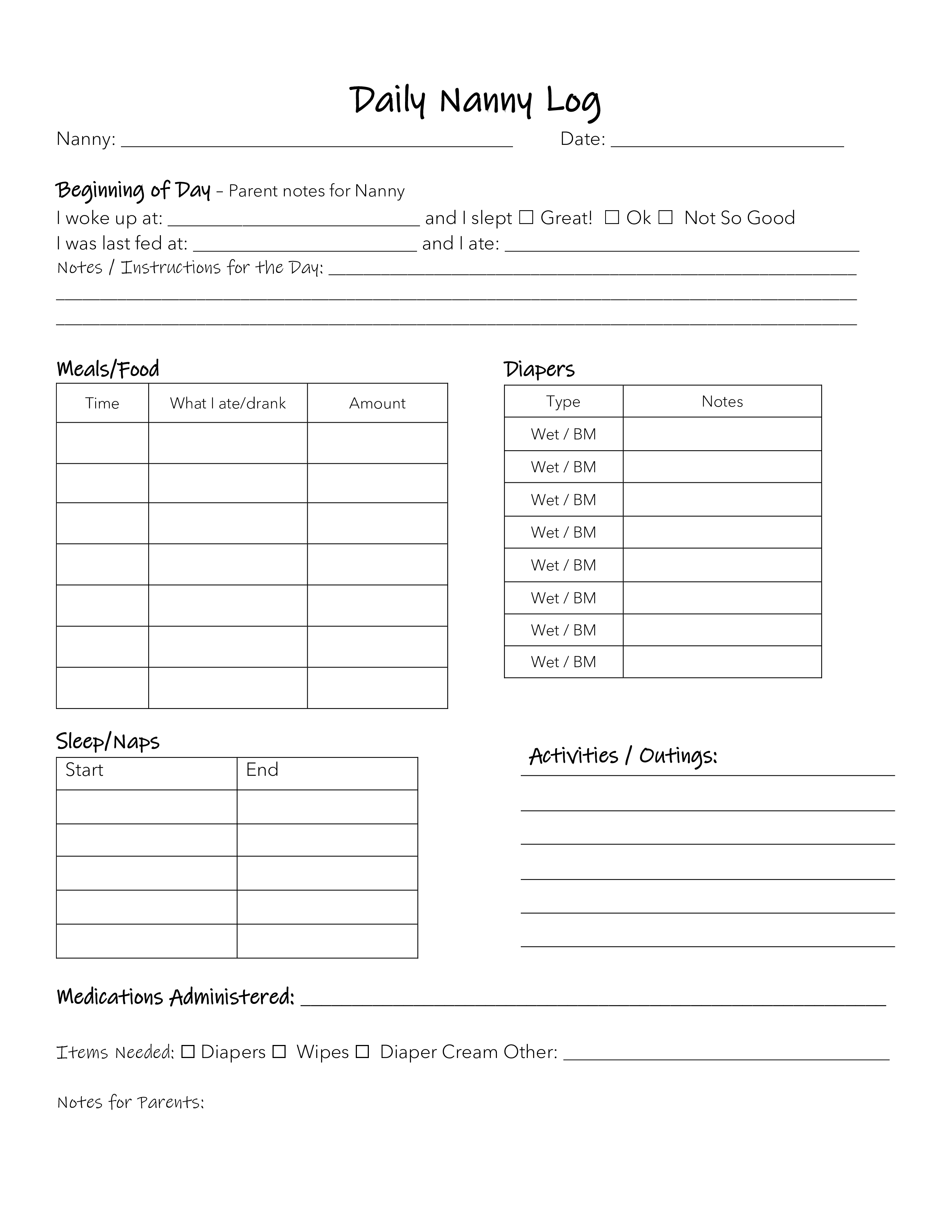When it comes to hiring a nanny, one of the most important aspects to consider is establishing a nanny schedule. A well-planned and organized schedule not only ensures that your child’s needs are met but also helps the nanny maintain a sense of structure and routine.
In this article, we will explore the key elements of creating a nanny schedule, provide helpful tips and examples, and discuss best practices for maintaining a healthy work-life balance for both the nanny and the family.
What is a Nanny Schedule?
A nanny schedule is a set routine that outlines the daily activities, responsibilities, and expectations of a nanny caring for children in a private household. It serves as a guide for the nanny to follow and helps establish a sense of routine and structure for the child. A well-designed nanny schedule takes into account the child’s age, developmental stage, and individual needs, as well as any specific requirements or preferences of the parents.
Creating a nanny schedule requires careful consideration and open communication between the parents and the nanny. It is essential to address the needs and preferences of all parties involved to ensure a harmonious and efficient working relationship.
Why is a Nanny Schedule Important?
A nanny schedule provides numerous benefits for both the child and the nanny. Here are some of the key reasons why a nanny schedule is important:
- Consistency and Routine: Children thrive on routine and predictability. A well-structured schedule helps them feel secure and provides a sense of stability in their daily lives.
- Efficient Time Management: A schedule helps the nanny manage their time effectively, ensuring that all necessary activities and tasks are completed within the allotted time frame.
- Clear Expectations: A schedule communicates the expectations and responsibilities of the nanny, reducing confusion and potential conflicts.
- Flexibility: While a schedule provides structure, it should also allow for flexibility to accommodate unexpected events or changes in the child’s needs.
- Effective Communication: A well-designed schedule promotes open communication between the parents and the nanny, fostering a collaborative and supportive working relationship.
How to Create a Nanny Schedule
Creating a nanny schedule requires thoughtful planning and consideration. Follow these steps to create an effective and practical nanny schedule:
1. Assess Your Child’s Needs
Begin by understanding your child’s needs and preferences. Consider their age, developmental stage, sleeping patterns, eating habits, and any specific requirements or routines they may have. This information will serve as the foundation for designing the nanny schedule.
2. Determine the Nanny’s Responsibilities
Clarify the nanny’s responsibilities and duties. Make a comprehensive list of all tasks they are expected to perform, including childcare, meal preparation, bathing, educational activities, and any additional household chores. This will help determine the duration and frequency of each task.
3. Establish a Daily Routine
Create a daily routine that outlines the key activities of the day. This includes waking up, meals, nap times, playtime, educational activities, outdoor time, and bedtime. Ensure that the routine is realistic and takes into account the child’s energy levels and attention span throughout the day.
4. Allocate Specific Time Slots
Assign specific time slots for each activity to provide structure and organization to the schedule. Be mindful of the child’s attention span and avoid scheduling too many demanding activities back-to-back. Allow for breaks and downtime to prevent the child from becoming overwhelmed or fatigued.
5. Incorporate Flexibility
While a schedule provides structure, it is crucial to incorporate flexibility to accommodate unexpected events or changes in the child’s needs. Build buffer time between activities and allow for adjustments as necessary. This will help maintain a sense of balance and prevent the schedule from becoming too rigid.
6. Communicate and Collaborate
Share the proposed schedule with the nanny and encourage open communication and feedback. Allow the nanny to provide input and suggestions based on their experience and understanding of the child. Collaboratively make adjustments and refinements to ensure the schedule meets the needs of both the child and the nanny.
7. Regularly Review and Update
A nanny schedule is not set in stone and should be reviewed and updated periodically. As the child grows and develops, their needs and preferences may change, requiring adjustments to the schedule. Regularly check in with the nanny and the child’s progress to ensure the schedule continues to meet their evolving needs.
Sample Nanny Schedule
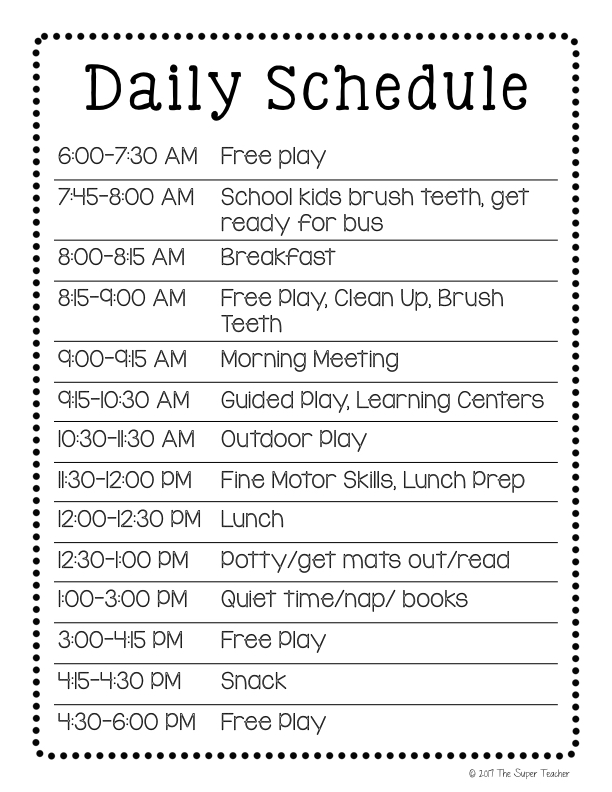
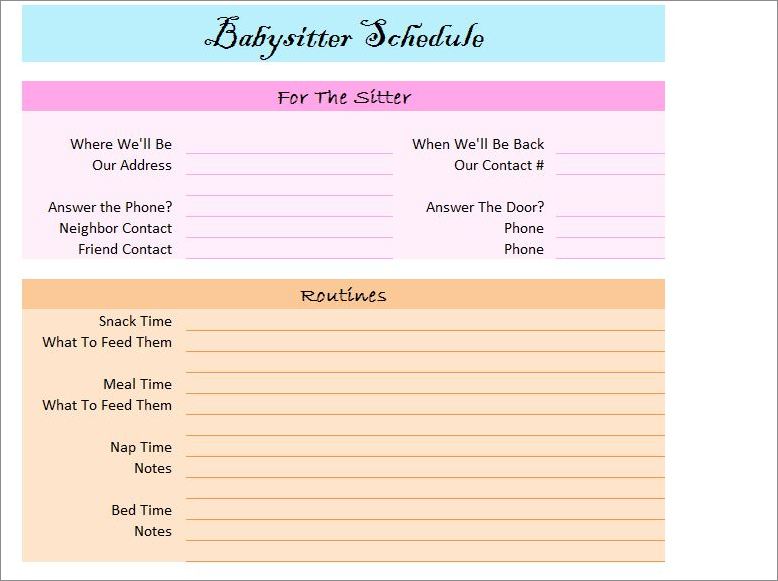
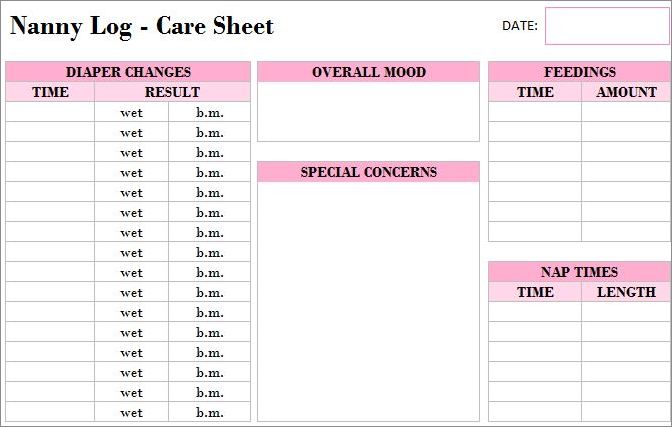
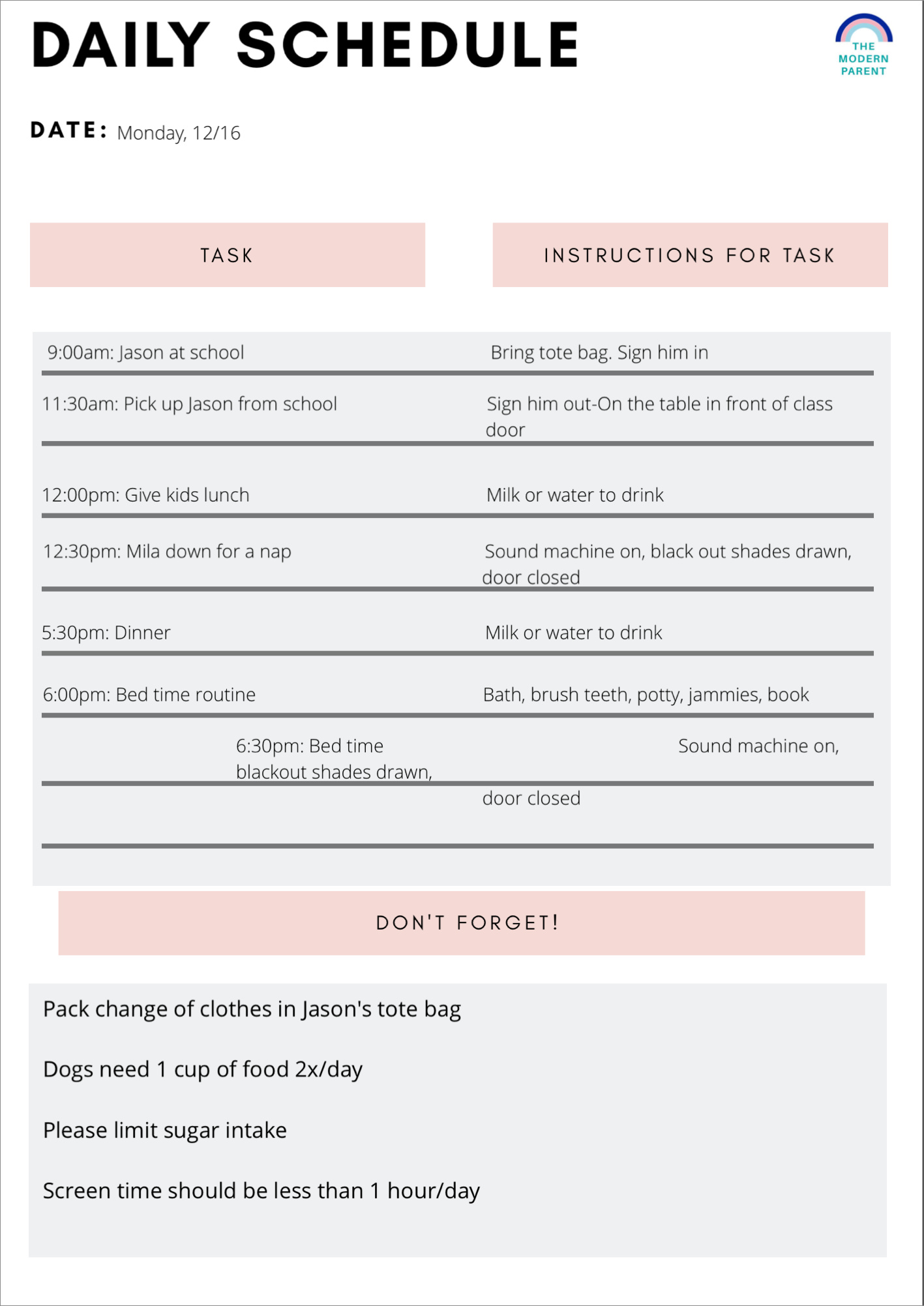
Here is a sample nanny schedule for a toddler:
1. Morning Routine
– Wake up at 7:00 AM
– Diaper change and dressing
– Breakfast at 7:30 AM
– Playtime and engaging activities
2. Outdoor Time
– Morning walk or visit to the park at 9:00 AM
– Engage in physical activities and play
3. Lunch and Nap Time
– Lunch at 12:00 PM
– Wind down with quiet activities
– Nap time from 1:00 PM to 3:00 PM
4. Afternoon Activities
– Snack time at 3:30 PM
– Educational activities and creative play
5. Outdoor Time
– Visit the playground or backyard playtime at 5:00 PM
– Physical activities and exploration
6. Dinner and Bedtime Routine
– Dinner at 6:30 PM
– Bath time at 7:00 PM
– Wind down with quiet activities
– Bedtime at 8:00 PM
Tips for a Successful Nanny Schedule
- Communicate openly: Regularly communicate with your nanny to ensure the schedule is working effectively for both parties.
- Be flexible: Allow for adjustments and changes to the schedule as necessary to accommodate the child’s evolving needs.
- Provide a detailed handbook: Create a handbook that outlines all the important information, including emergency contacts, house rules, and any specific instructions or preferences.
- Encourage downtime: Incorporate breaks and downtime in the schedule to prevent the child from becoming overwhelmed or fatigued.
- Consider the nanny’s needs: Take into account the nanny’s preferences and needs when designing the schedule to promote a healthy work-life balance.
- Set boundaries: Communicate the boundaries and expectations for both the nanny and the family to maintain a respectful and professional working relationship.
- Regularly review and update: Continuously evaluate the effectiveness of the schedule and make adjustments as necessary.
- Express appreciation: Show appreciation and gratitude for the nanny’s hard work and dedication in caring for your child.
Conclusion
A well-designed nanny schedule is essential for maintaining a sense of routine and structure in a child’s life. By carefully assessing the child’s needs, establishing clear expectations, and incorporating flexibility, you can create a schedule that meets the needs of both the child and the nanny. Regular communication and collaboration are key to ensuring the schedule remains effective and adaptable to any changes. Remember, a successful nanny schedule promotes a harmonious working relationship and provides a nurturing environment for your child’s growth and development.
Nanny Schedule Template – Download
